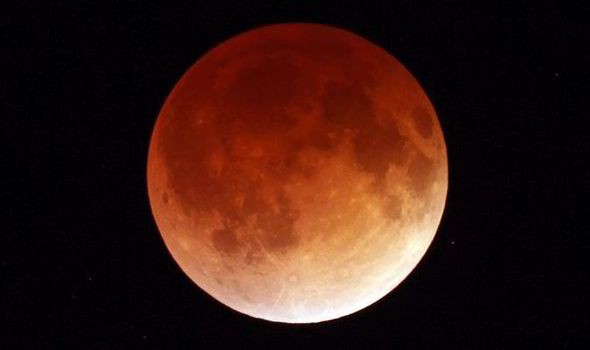Before sunrise on April 4, Saturday, the lunar eclipse known as the Blood Moon was visible from the United States and Canada.
The beginning stages of the partial umbral eclipse low in the west was seen in Eastern North America and western South America and its ending stages in the east was seen middle Asia including India and some part of China and Russia after sunset on April 4, Saturday.
The eclipse was also viewed at night in Japan, Australia, and New Zealand while it was not visible at all in Africa, Europe, the Middle East, Greenland and Iceland. In some parts of Australia, local weather conditions did not make the Blood Moon visible.
In New York, only some of the surface of the Blood Moon was seen unlike in west of the Mississippi where people were able to witness the entire Blood Moon of a total eclipse.
Lasting only five minutes, the Blood Moon is the shortest lunar eclipse of the century. It marks the third in the tetrad, a series of four lunar eclipses in a row. The initial two eclipses took place in April and September of 2014, and the fourth will be on Sept. 28.
On record, the shortest total lunar eclipse took place in 1529 with a period of one minute and 42 seconds only, NASA astronomer Mitzi Adams told the Guardian.
Sunlight has passed through Earth's atmosphere so most of its blue light is filtered out giving the Moon a reddish appearance. While it is dubbed Blood Moon, its effects are harmless, according to NASA.






















